Solenoid Valve Selection Guide – Choose the Right Valve for Your Application
Find the Right Solenoid Valve – Quickly and Confidently
Selecting the correct solenoid valve is critical for system efficiency, safety, and longevity. Whether you're handling air, water, steam, oil, chemicals, or gas, this guide walks you through every key factor to ensure the best valve for your application.
Step-by-Step Solenoid Valve Selection Criteria
Use the checklist below to determine the most suitable solenoid valve:
1. Define the Media Type
Liquids: water, oils, fuel, chemicals
Gases: air, steam, natural gas, CO₂
Aggressive or corrosive media: acids, alkalis, solvents
Use valves with PTFE, FKM, or EPDM seals for chemically aggressive fluids. (see chemical guides)
Select valves according to media type here.
2. Determine the Valve Function
Normally Closed (NC) – Valve stays closed until energised
Normally Open (NO) – Valve stays open until energised
Bi-stable/Latching – Holds position after pulse
Note: NC valves are most common for safety and default-off configurations.
Select valves according to function here.
3. Select Direct-Acting or Pilot-Operated
Direct-acting: No minimum pressure required – ideal for low-pressure or zero-pressure systems
Pilot-operated: Requires pressure differential – better for higher flow rates and larger pipe sizes
Note: For small bore or precise control, choose direct-acting. For energy efficiency and higher flow, go with pilot-operated valves.
4. Choose the Right Valve Material
Depending on media compatibility and operating conditions:
| Material | Best For |
|---|---|
| Brass | Water, air, inert gases |
| Stainless Steel | Corrosive or high-purity applications |
| Plastic (PA, PVC, PTFE) | Lightweight, chemical resistance |
| Aluminium | High-flow and gas applications |
5. Check Pressure and Temperature Ratings
Confirm operating pressure range (bar/psi)
Ensure chemical compatibility for seals and body
Steam and hot media valves often require high-temp PTFE or FKM seals
Note: Match valve specs with system operating conditions to avoid failures.
6. Select Correct Coil Voltage
Common voltages include:
12V / 24V DC
24V / 110V / 230V AC
Also consider:
Duty cycle (intermittent or continuous use)
Power consumption and heat generation
7. Choose Connection Type and Size
Threaded (BSP/NPT) – Standard for most applications
Flanged – For industrial and high-flow installations
Push-fit or Compression ends – Often used for water or WRAS approved systems
Note: Pipe size and flow rate should always be aligned with valve bore diameter.
View valves by port thread, flange, Push + barbed connection here.
Typical Solenoid Valve Applications
HVAC systems
Irrigation and water control
Compressed air and vacuum systems
Natural gas and propane shut-off
Industrial automation and process control
Food-grade and pharmaceutical production
Need Expert Help Choosing? We’re Here to Assist
If you’re still unsure which solenoid valve fits your system, contact our expert team. We’ll help you match media type, pressure, voltage, and functionality for an optimised setup.
Get Personalised Valve Recommendations
Email: sales@solenoid-valves.com
Phone: 01454 334 990
Ready to Buy? Browse Our Solenoid Valve Range
2/2 way normally closed solenoid valves
2/2 way normally open solenoid valves
2/2 way latching solenoid valves
General Purpose Valves
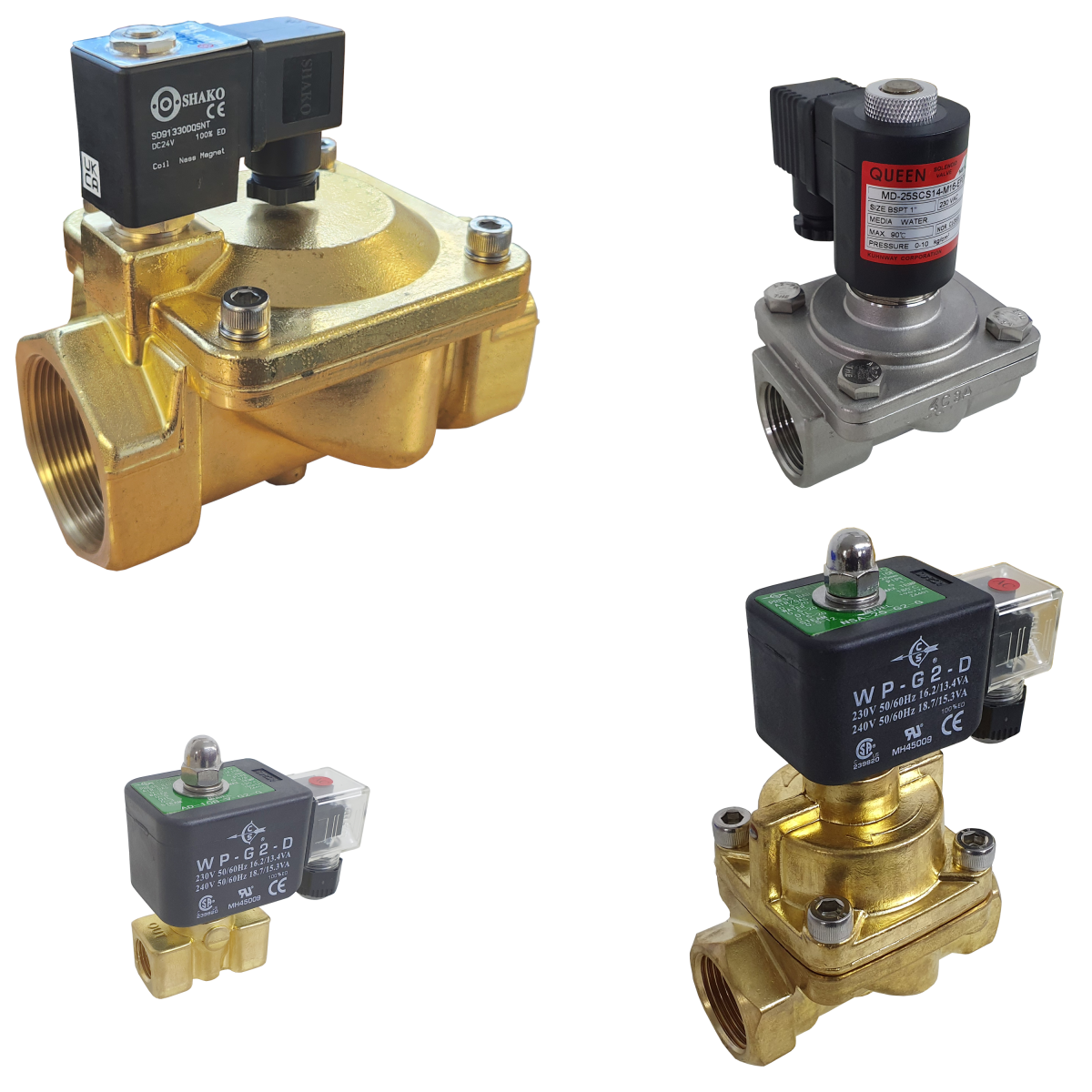
WRAS Approved Valves
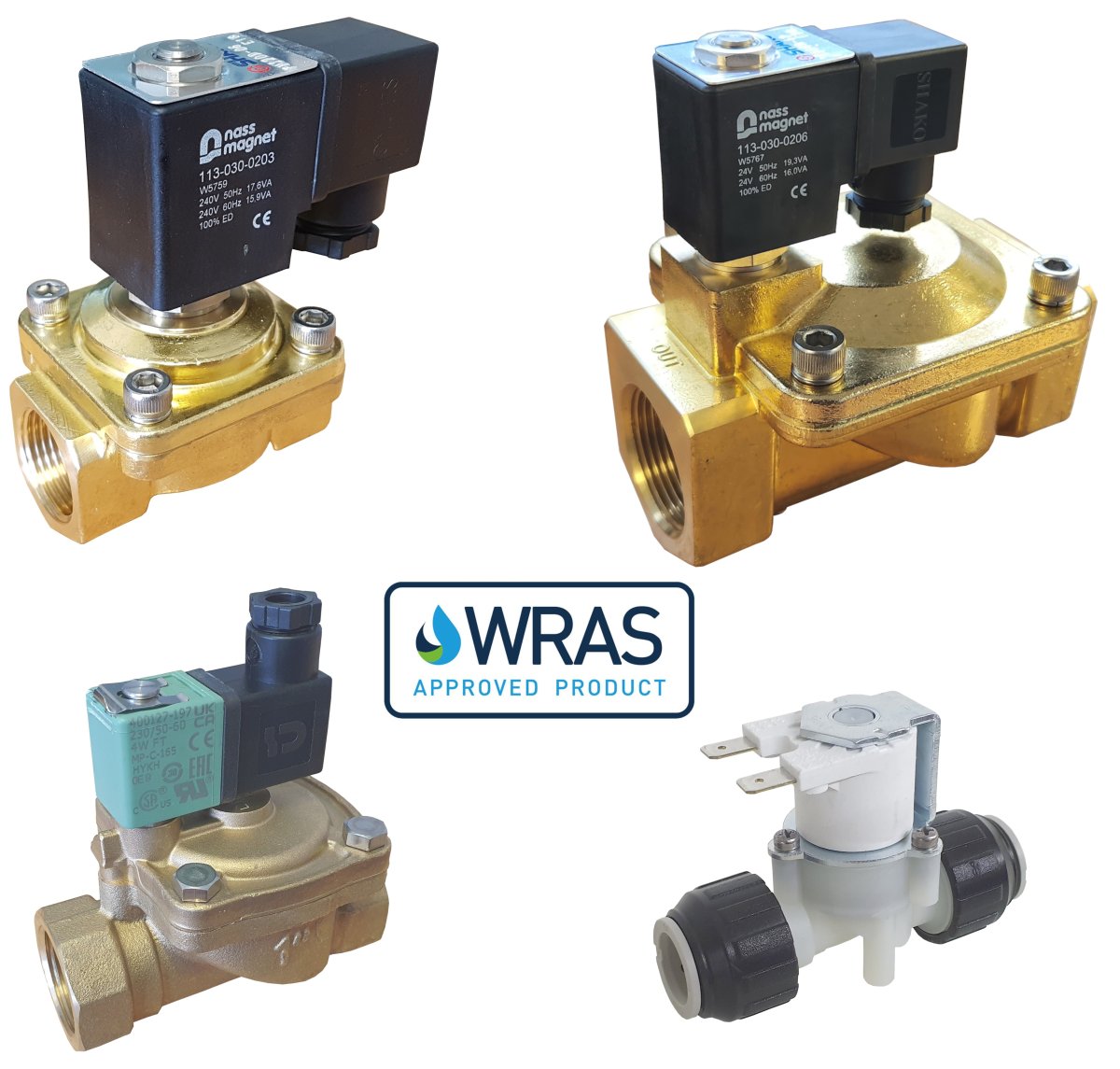
Natural Gas Safety Shut Off Valves
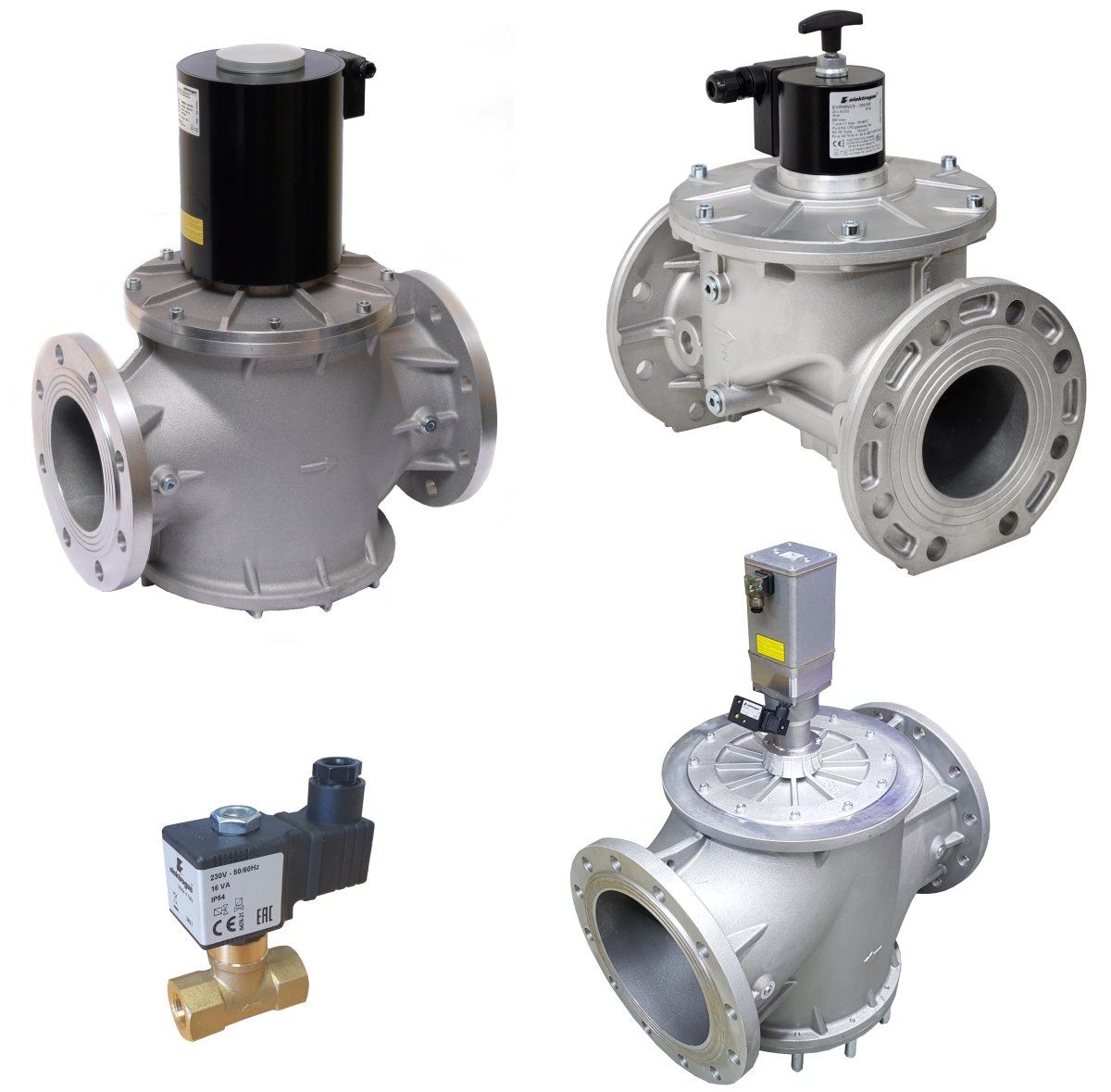
Actuated Ball Valves
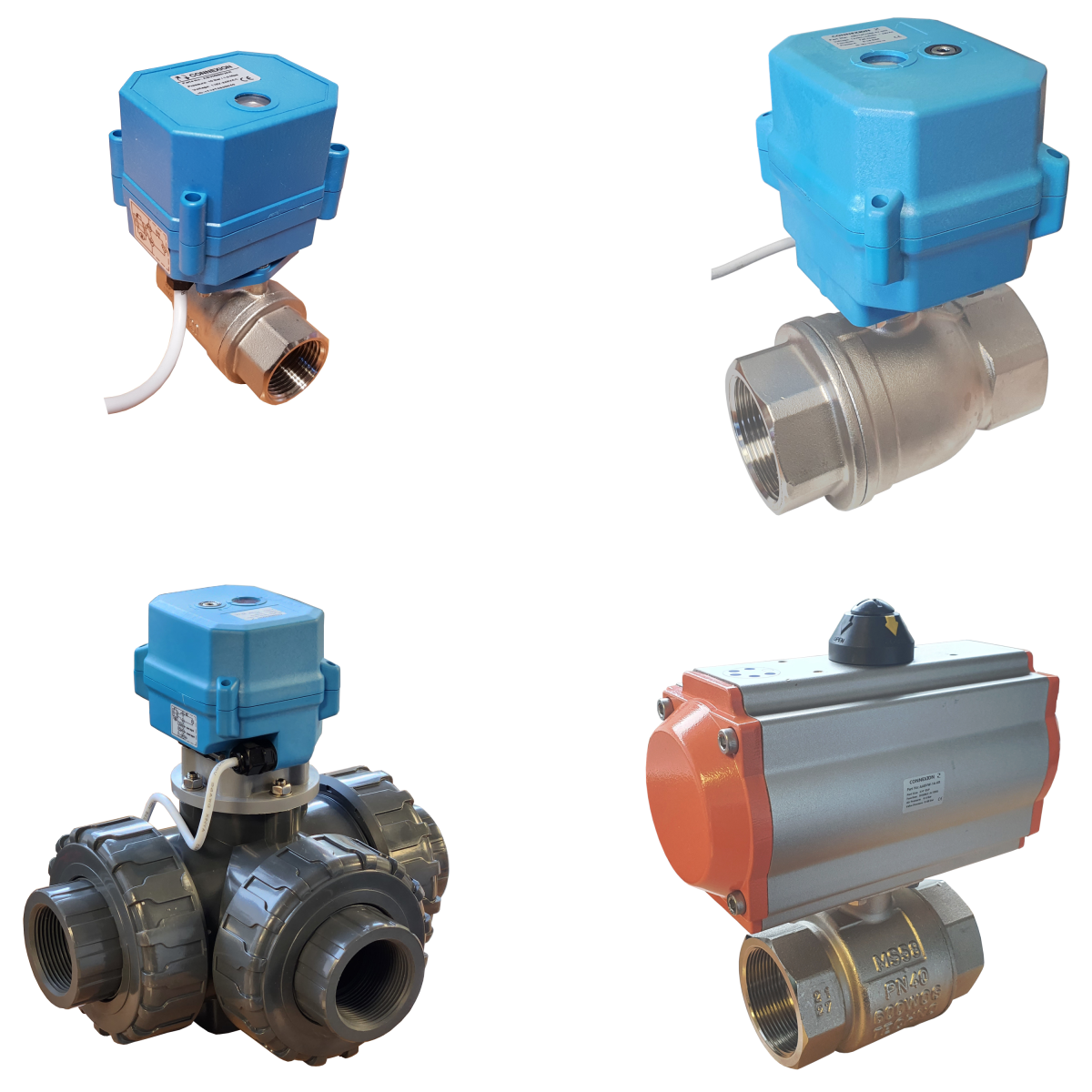
Pneumatics
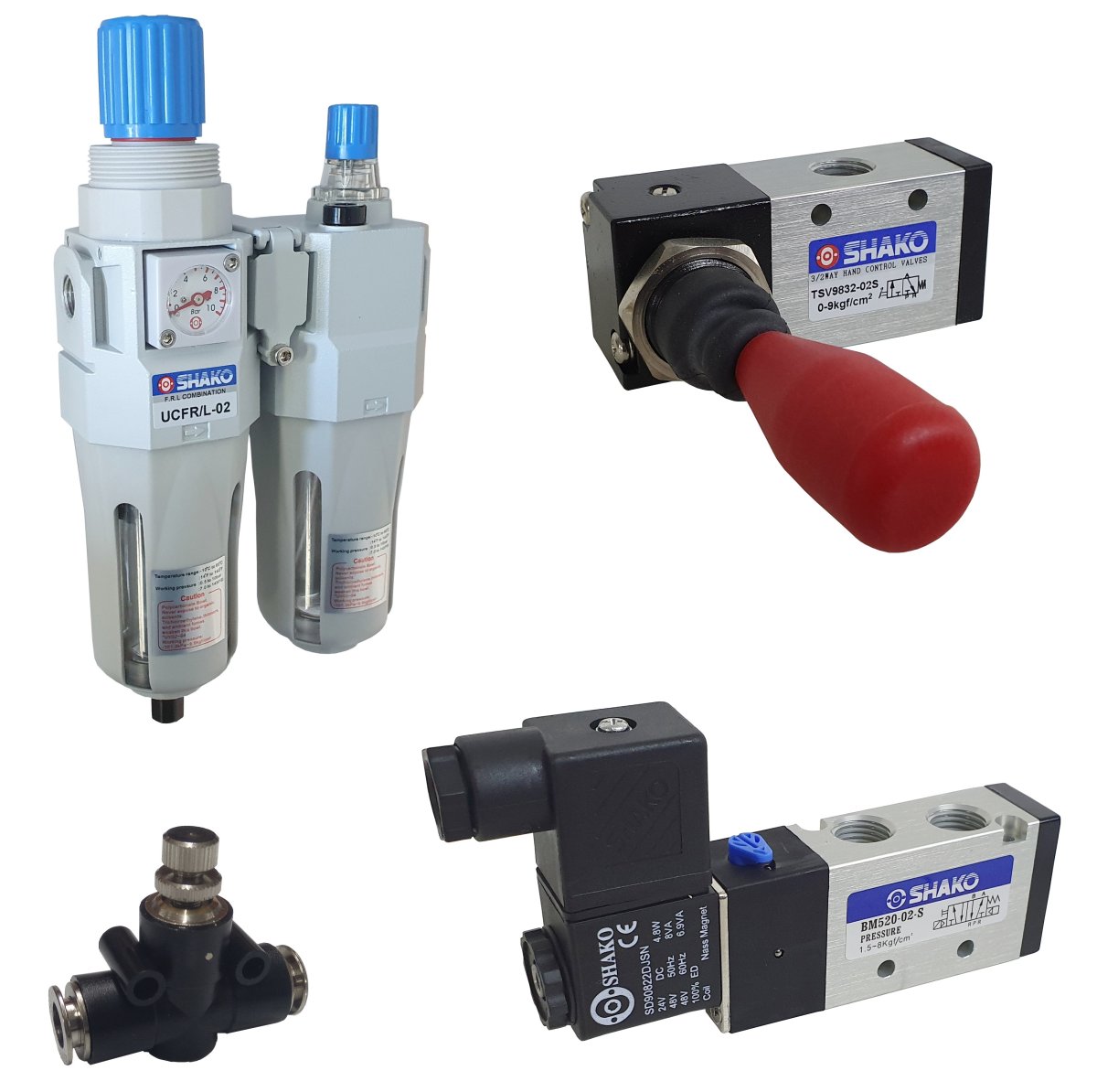
Pressure Control Valves
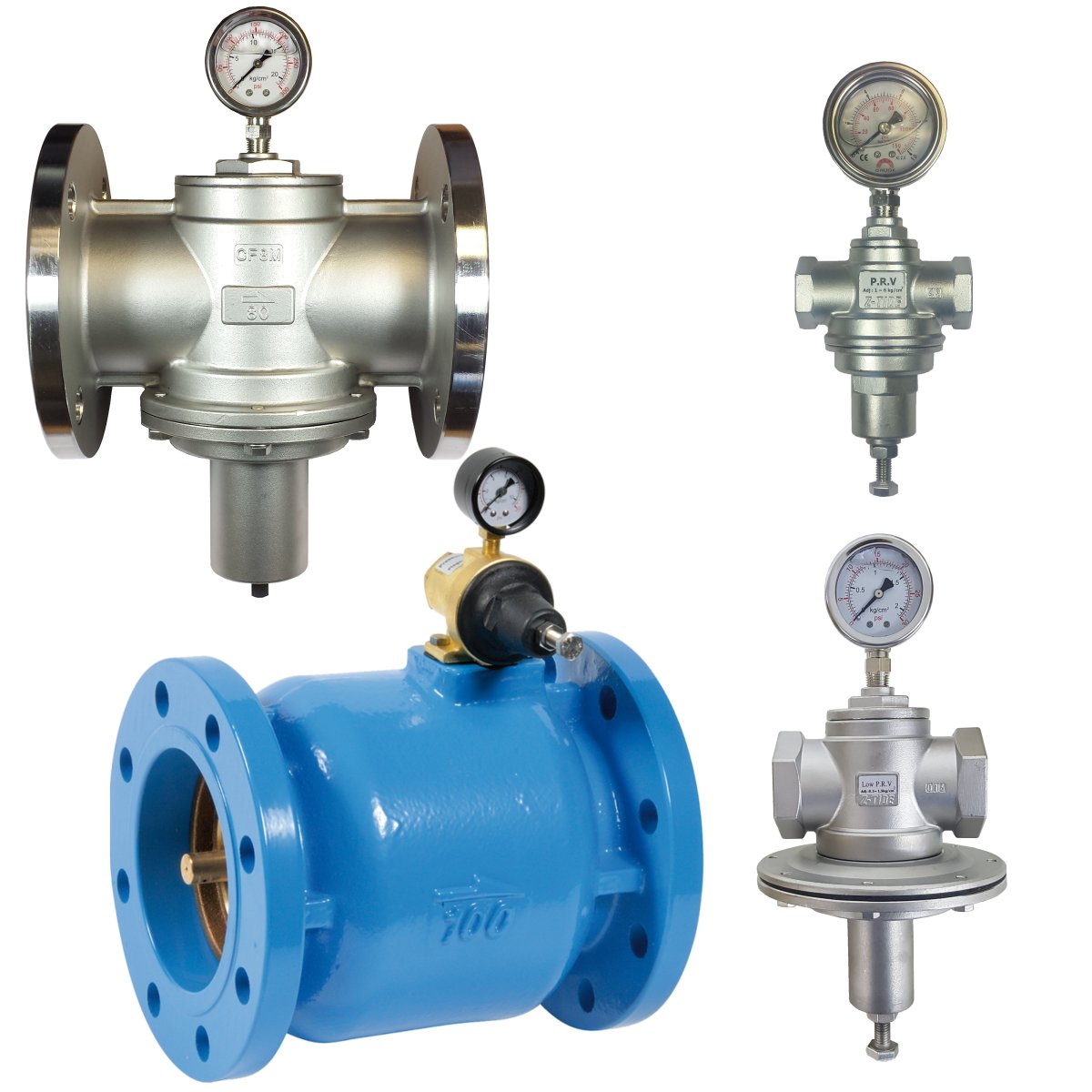
Other Products
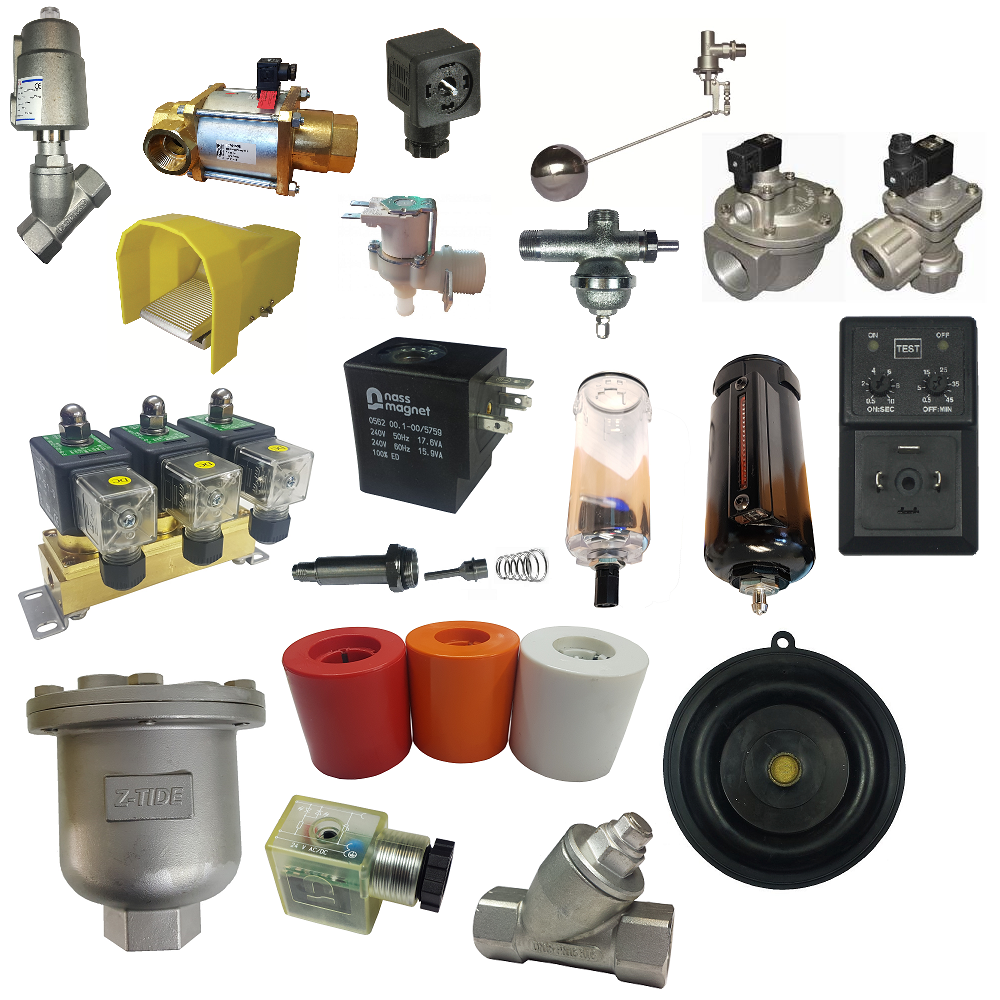
Browse Spare Parts
Valve + Information Search

